Since the beginning of the 20th century, many Popes have been elected, reflecting the changes and developments of the Catholic Church over time. These Popes have had a profound influence and promoted peace and reform in the church. So, who are they and how were they elected?
St.Pius X (August 4, 1903-August 20, 1914)
- His birth name was Giuseppe Melchiorre Sarto, born on June 2, 1835 in Italy, was ordained a priest in 1858 and later became bishop of Mantua, archbishop of Venice before being elected Pope.
- The 1903 papal election took place over five days, from late July to early August, with the participation of 62 cardinal electors. The cardinals gathered at the Vatican, performed a prayer ritual, and took an oath of secrecy in the Sistine Chapel before voting began. Each day, there were several rounds of secret ballots. The ballots were burned after each round. Initially, Mariano Rampolla was considered a potential candidate, but Giuseppe Sarto (aka Pius X) was elected Pope in the seventh round with the required two-thirds majority. This process strictly followed the rules of secrecy and isolation of cardinals until the election was completed. After being asked and agreeing to accept the office, Pius X chose a papal name and appeared before the public on the balcony of St. Peter's Basilica, officially becoming the 257th Pope of the Roman Catholic Church.
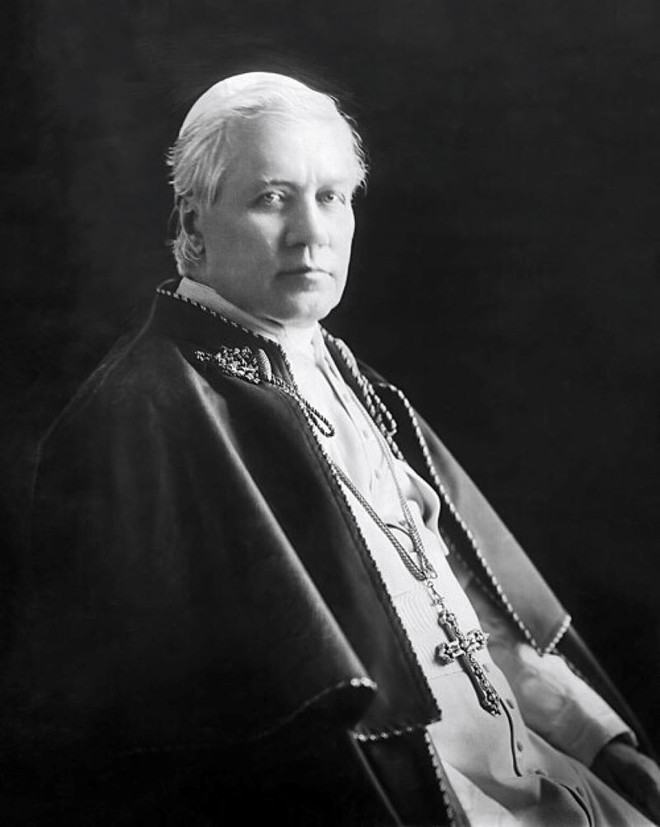 Pope Pius X.
Pope Pius X.
- Pope Pius X's greatest achievement in regulating papal elections was the promulgation of the apostolic constitution “Vacante Sede Apostolica” in 1904, in which he established strict regulations to protect the independence and sanctity of the papal conclave process, and forbade any interference by civil authorities in the election. This was an important step in strengthening and modernizing the conclave process, ensuring confidentiality, seriousness and fairness in choosing a successor. The Pope also promoted early communion for children and was very concerned about the poor. Pius X showed sympathy during crises such as the Messina earthquake of 1908 and the outbreak of World War I. The Pope died on August 20, 1914.
Benedict XV (September 3, 1914-January 22, 1922)
- Pope Benedict XV, born Giacomo Paolo Giovanni Battista della Chiesa, was born on November 21, 1854 in Italy. Benedict XV was elected Pope at the age of 59, right after the outbreak of World War I.
- The election of Benedict XV lasted 3 days, with 57 cardinals voting in 10 closed rounds, taking place according to the traditional conclave ritual to ensure the secrecy and sacredness of choosing the Pope's successor.
- The Pope repeatedly attempted to mediate in World War I in 1916 and 1917, but was unsuccessful. However, he focused strongly on humanitarian activities such as assisting prisoners of war, facilitating the exchange of wounded soldiers, and providing food to affected people throughout Europe. In 1917, Benedict XV promulgated the Code of Canon Law, an important legal reform of the Catholic Church, which had been prepared by his predecessor. He also vigorously promoted missionary work throughout the world, earning him the title of “Pope of Missionaries.” Benedict XV died on January 22, 1922, of pneumonia.
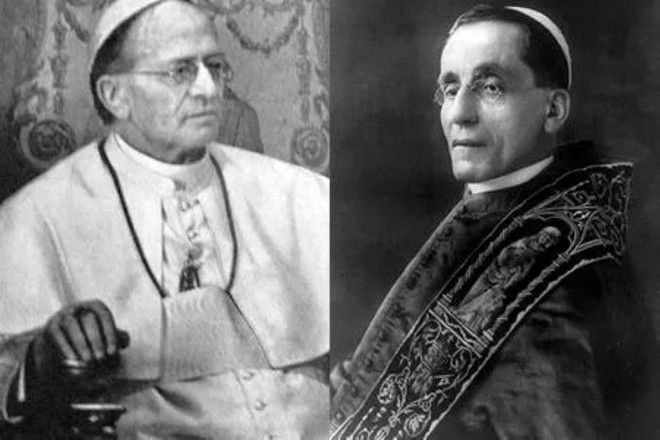
Pius XI and Benedict XV (Photo: Register Files)
Pius XI (February 6, 1922 - February 10, 1939)
- Pope Pius XI, whose birth name is Ambrogio Damiano Achille Ratti, was born on May 31, 1857 in Italy. Before becoming Pope, he was a scholar, librarian and diplomat of the Vatican, serving as the Holy See's representative in Poland and Archbishop of Milan.
- The election of Pope Pius XI in 1922 lasted 5 days with a total of 14 rounds of voting. The process took place in the Sistine Chapel, the cardinals gathered, took an oath of secrecy and voted in secret. Initially, the election was a competition between two prominent candidates, the "conservative" Cardinal Merry del Val and the "progressive" Cardinal Gasparri. After many rounds of voting without results, Cardinal Achille Ratti (Archbishop of Milan) was elected Pope because the cardinals wanted to continue the peace mission after World War I and highly appreciated his diplomatic success as ambassador to Poland. In this election, the American cardinals did not participate because they could not arrive in Rome 10 days before the conclave began. When asked if he would accept the position, Pius XI answered yes and chose a papal name with the meaning of peace and continuation of previous Popes.
- Pius XI signed the historic Lateran Treaty (1929) with Benito Mussolini, establishing the independent Vatican City State and resolving the long-standing conflict between the Italian government and the Holy See. The Treaty recognized the sovereignty of the Vatican and established Roman Catholicism as the state religion of Italy. He also promoted more active participation of the laity in Church activities and movements. In his later years, he strongly spoke out against dictatorships such as Hitler and Mussolini, defending the autonomy of the Church in education and religious life. Pius XI died in 1939 at the Apostolic Palace, Vatican City and was buried in St. Peter's Basilica.
Pius XII (March 2, 1939 - October 9, 1958)
- Pope Pius XII, whose birth name was Eugenio Maria Giuseppe Giovanni Pacelli, was born in 1876 in Italy into a noble family. Before becoming Pope, Eugenio Pacelli was the Holy See's Foreign Minister and also served as the Holy See's Ambassador to Germany.
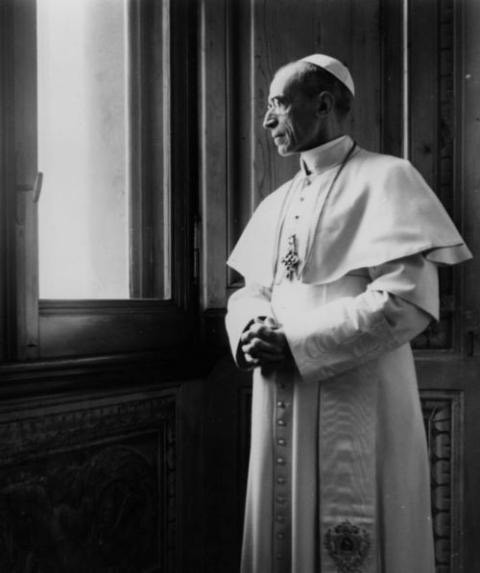
Pope Pius XII (Photo: CNS/Vatican Media)
- The election of Pope Pius XII took place very quickly and smoothly on March 2, 1939. After only 2 rounds of voting in the conclave with the participation of 63 cardinals, he achieved a 2/3 majority of votes and became his successor. This is considered the shortest papal conclave in history.
- After his election, Pius XII quickly began his reign amid the turmoil and turmoil of World War II and the early Cold War. He was known for his cautious diplomacy during the war, working behind the scenes to protect Jews and others persecuted by the Nazis, while maintaining a policy of neutrality. He gave nearly 200 radio speeches promoting peace and condemning violence. Pius XII died on October 9, 1958.
St. John XXIII (October 28, 1958-June 3, 1963)
- His birth name is Angelo Giuseppe Roncalli, born on November 25, 1881 in Italy. Before becoming Pope, he served in the Italian army, was the representative of the Holy See in Bulgaria, Türkiye, Greece, France, and was ordained a cardinal.
- The election of Pope John XXIII took place over four days, from October 25 to 28, 1958, with the participation of 51 cardinals in the Sistine Chapel. Initially, Archbishop Giovanni Battista Montini was the focus, but the cardinals chose Cardinal Angelo Roncalli as Pope. The election process followed the traditional conclave protocol and he became the 261st Pope. He made his first public appearance from the balcony of St. Peter's Basilica with the simple words: "I am called John!" and quickly became loved for his kind and humble personality.
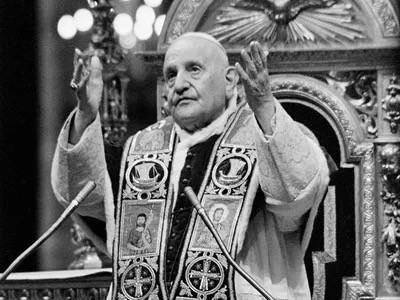
Pope John XXIII
- He was instrumental in convening the Second Vatican Council in 1962, which brought major reforms to the Catholic Church, modernizing liturgy, reforming Church administration, and promoting engagement with the world. The Pope died of cancer on June 3, 1963, at the Vatican.
Paul VI (June 21, 1963 - August 6, 1978)
- Pope Paul VI's birth name was Giovanni Battista Enrico Antonio Maria Montini, born on September 26, 1897 in Italy. Before becoming Pope, Montini held many important positions in the Church, including Archbishop of Milan from 1954 to 1963.
- The 1963 papal election took place over three days, while the Second Vatican Council was still in session. A total of 80 cardinals participated in the conclave at the Sistine Chapel. The cardinals quickly agreed to elect Archbishop Giovanni Battista Montini of Milan as the new Pope. On June 21, 1963, Montini was elected the 262nd Pope of the Roman Catholic Church.
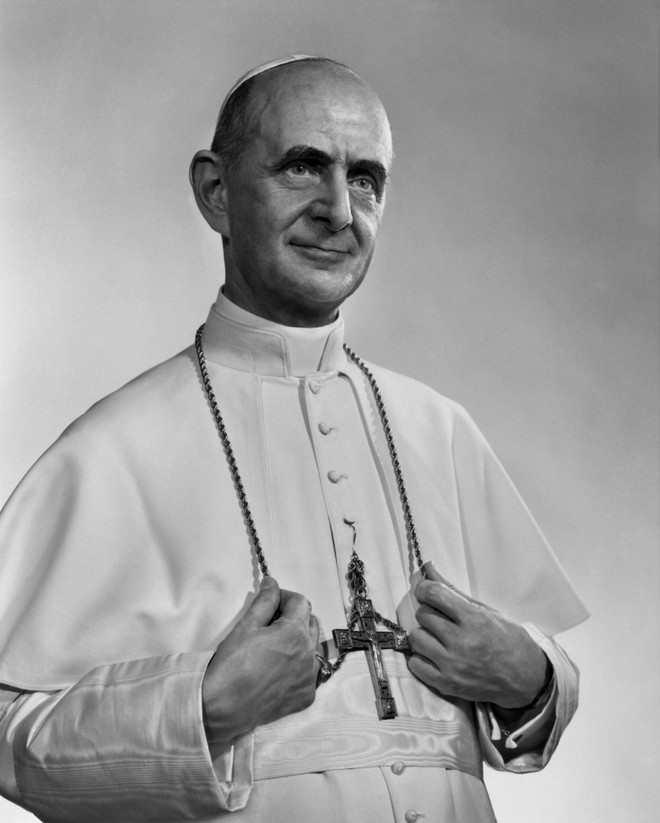
Pope Paul VI
- He made outstanding contributions to simplifying the Papal rites and establishing the Synod of Bishops to share the responsibility of governing the universal Church. Issued important documents such as the Constitution on the Liturgy Sacrosanctum Concilium and the Decree on Social Communications Inter mirifica - laying the foundation for the modern Church with many reforms in canon law and pastoral work. Set the retirement age for bishops at 75, the maximum age to participate in the Conclave to elect a Pope at 80, and the limit on the number of cardinals elected at 120. The Pope died on August 6, 1978.
John Paul I (1978)
Pope John Paul I, born Albino Luciani. John Paul I was the first Pope to use a double name, in honor of his two predecessors, John XXIII and Paul VI. His reign was very short, lasting only 33 days until his sudden death on September 28, 1978. However, John Paul I laid the foundations for a Church closer to the people, emphasizing humility and love.

John Paul I (Photo: Stock image)
St. John Paul II (1978-2005)
- Pope John Paul II, born Karol Józef Wojtyła, was born on May 18, 1920 in Poland. He served as a pastor in France, Belgium, and the Netherlands.
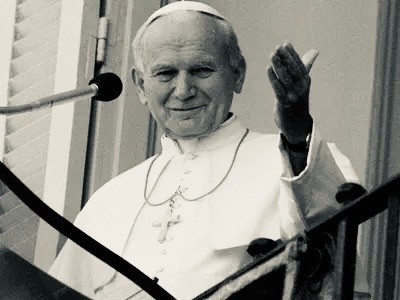
Pope John Paul II
- The election of Pope John Paul II took place from October 14-16, 1978, in a conclave attended by 111 cardinal electors. Initially, strong candidates such as Cardinal Giuseppe Siri and Cardinal Giovanni Benelli failed to gain a two-thirds majority due to factional divisions. Cardinal Franz König proposed Polish Cardinal Karol Wojtyła as a conciliatory candidate, receiving widespread support from many groups of cardinals. In the eighth round of voting on October 16, 1978, Wojtyła was elected with about 99 votes out of 111. He chose the name John Paul II, becoming the first non-Italian Pope in 455 years.
- His reign lasted more than 26 years, one of the longest in the history of the Church. John Paul II was famous for his apostolic journeys to 129 countries, more than all previous Popes combined, to promote understanding between peoples and religions. He upheld traditional teachings on personal and family morality, and was known for his centralized and authoritative leadership style in the Church. He canonized and beatified more people than any other Pope in the past five centuries. John Paul II also founded World Youth Day, which attracted millions of young people worldwide, and had a profound influence on modern world politics and society. He died on April 2, 2005, at the Vatican.
Benedict XVI (2005-2013)
- Pope Benedict XVI, born Joseph Alois Ratzinger, was born on April 16, 1927 in Germany. Before becoming Pope, Ratzinger was a theological scholar, serving as Prefect of the Congregation for the Doctrine of the Faith from 1981 to 2005, and was also President of the Holy See's Biblical Commission and International Theological Commission.
- The election of Pope Benedict XVI took place in the Sistine Chapel, Vatican, during the 2005 Conclave, from April 18 to 19. There were about 115 eligible cardinals, of whom 117 were under 80 years old, who were called, and most attended. The election process followed traditional rites. After four rounds of voting on the second day of the conclave, Cardinal Joseph Ratzinger was elected Pope with a two-thirds majority. White smoke rose at 5:50 p.m. on April 19, 2005. He took the papal name Benedict XVI.
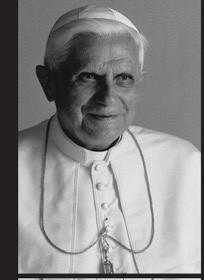
- He was a scholar Pope, had great influence on Catholic theology and doctrine. In 2013, due to health and old age, he became the first Pope to resign in more than 600 years, holding the title of Pope Emeritus until his death on December 31, 2022 at the Vatican at the age of 95 .
Francis (2013-2025)
- Pope Francis' birth name is Jorge Mario Bergoglio, an Argentine.

Portrait of Pope Francis at the Franciscan monastery church in Kalwaria Paclawska, Poland on April 21, 2025. (Photo: PAP/TTXVN)
-He was elected Pope in the Cardinal Conclave on March 12-13, 2013, after Pope Benedict XVI resigned on February 28 of the same year. The election took place at the Sistine Chapel, Vatican, with the participation of 115 out of 117 eligible cardinal electors. After 5 rounds of secret balloting, in the fifth round, Cardinal Bergoglio, Archbishop of Buenos Aires, was elected with an overwhelming majority (about 85 votes out of 115), surpassing other candidates. White smoke signaled the election results at 7:06 p.m. on March 13, 2013, attracting a large crowd of people gathered in St. Peter's Square. Pope Francis appeared on the balcony and asked everyone to pray for him before giving his blessing to the world. He officially took office as Pope on March 19, 2013, as the 226th Pope and the first Pope from the Americas.
- The Pope is known for his constant promotion of inter-religious dialogue and peace, standing with the poor, the disadvantaged, and migrants. He passed away on the morning of April 21 at the age of 88 after being treated for pneumonia./.
According to VNA
Source: https://baothanhhoa.vn/co-bao-nhieu-giao-hoang-trong-mot-the-ky-qua-ho-la-ai-va-duoc-bau-chon-the-nao-248062.htm





![[Photo] Opening of the World Cultural Festival in Hanoi](https://vphoto.vietnam.vn/thumb/1200x675/vietnam/resource/IMAGE/2025/10/10/1760113426728_ndo_br_lehoi-khaimac-jpg.webp)
![[Photo] Ho Chi Minh City is brilliant with flags and flowers on the eve of the 1st Party Congress, term 2025-2030](https://vphoto.vietnam.vn/thumb/1200x675/vietnam/resource/IMAGE/2025/10/10/1760102923219_ndo_br_thiet-ke-chua-co-ten-43-png.webp)
![[Photo] General Secretary attends the parade to celebrate the 80th anniversary of the founding of the Korean Workers' Party](https://vphoto.vietnam.vn/thumb/1200x675/vietnam/resource/IMAGE/2025/10/11/1760150039564_vna-potal-tong-bi-thu-du-le-duyet-binh-ky-niem-80-nam-thanh-lap-dang-lao-dong-trieu-tien-8331994-jpg.webp)
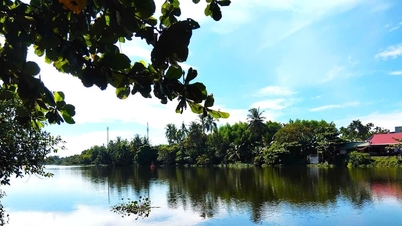

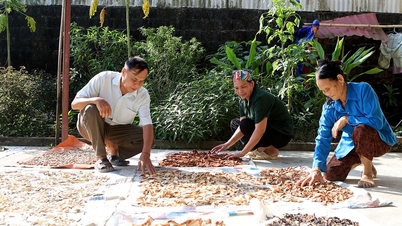

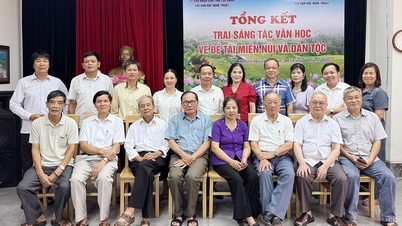


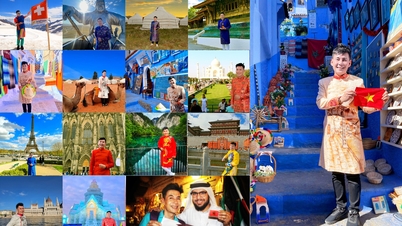





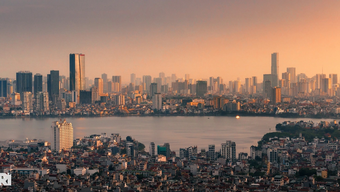

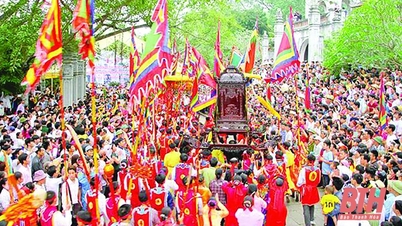


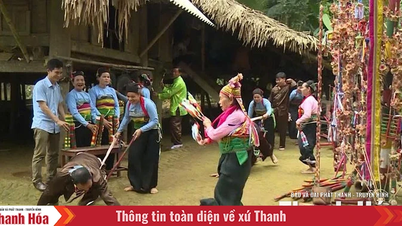



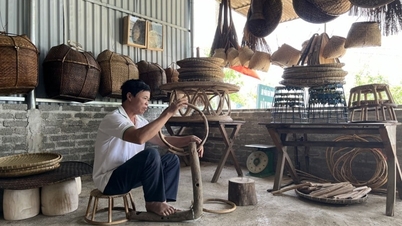



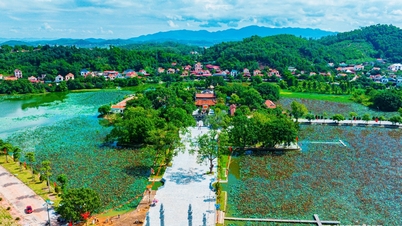





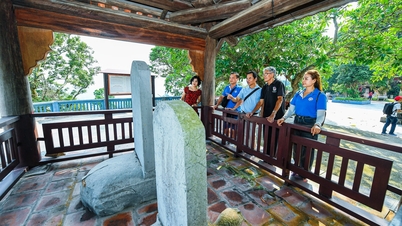






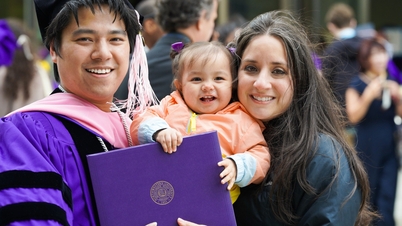





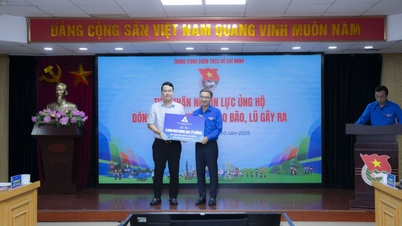



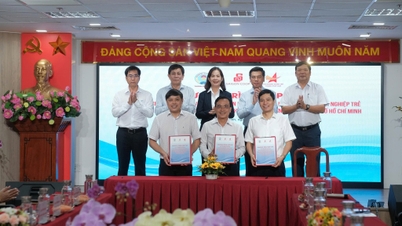





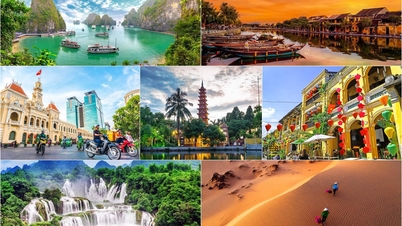




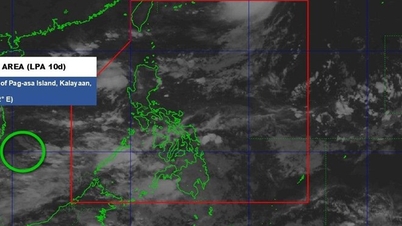
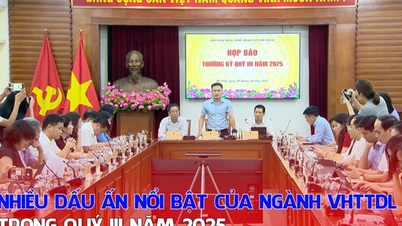

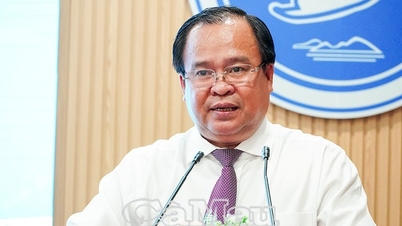

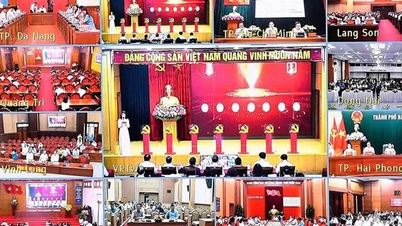

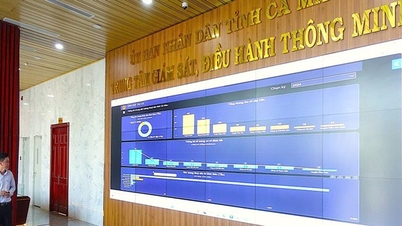
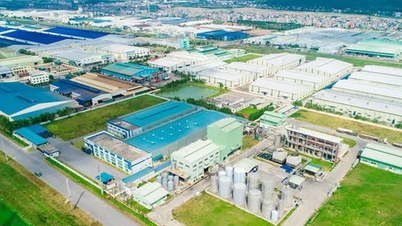
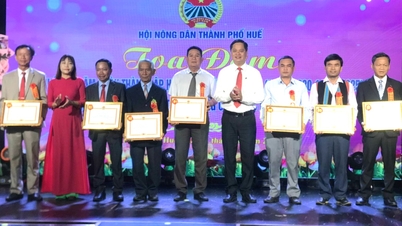

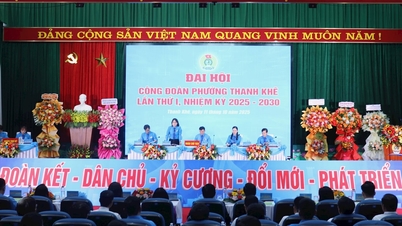



















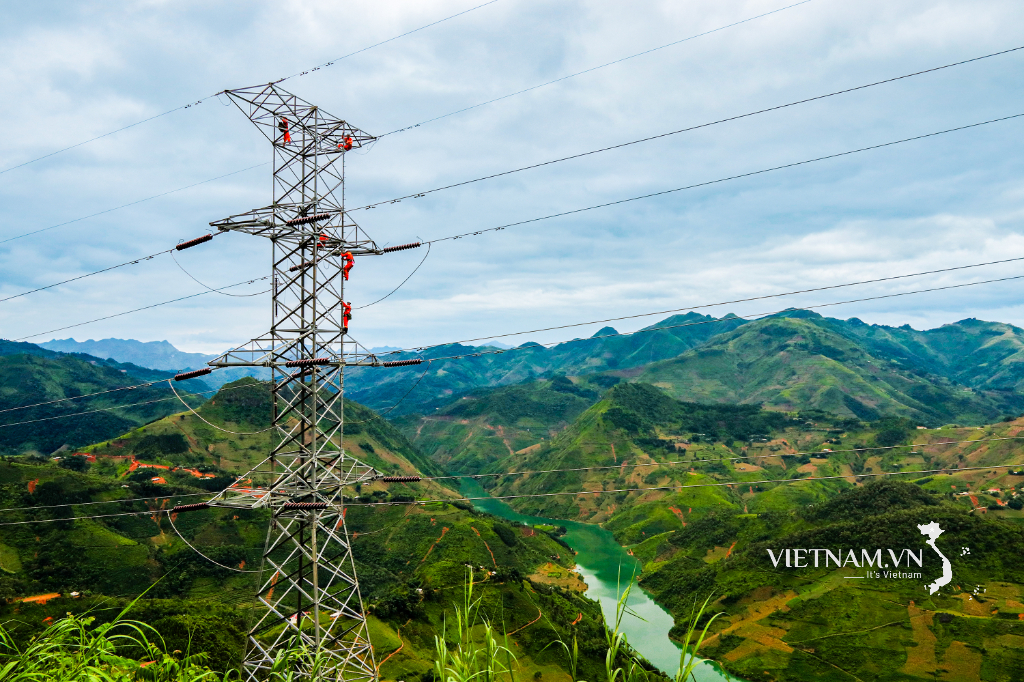
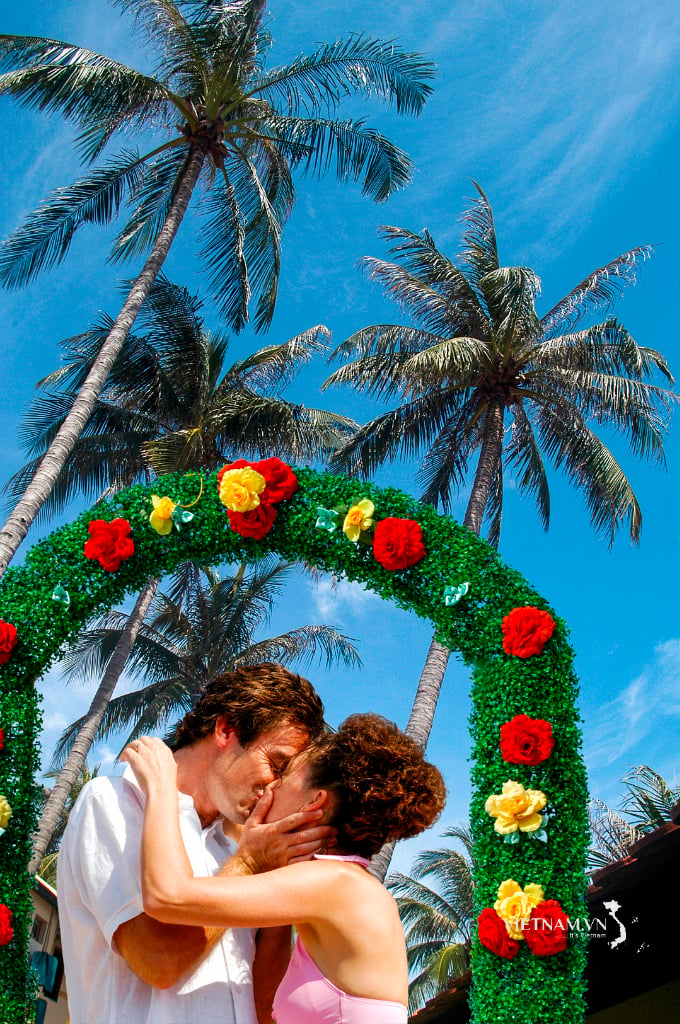
Comment (0)